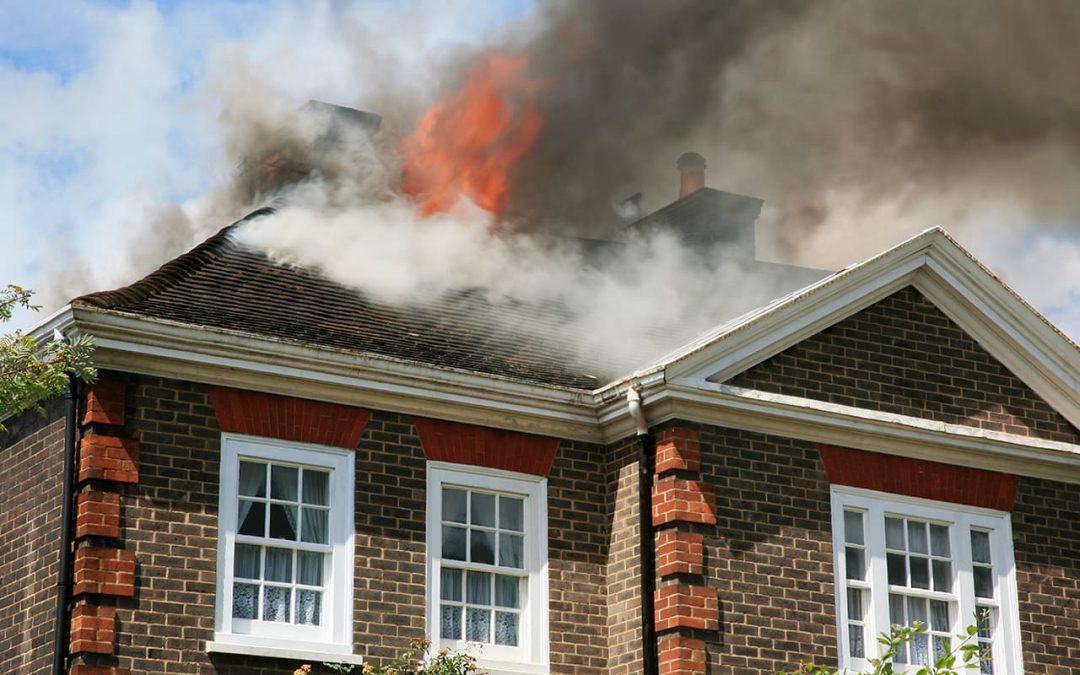If you ask a professional the best way to clean after a fire, you’re likely to hear, “It depends.” That’s because items – and especially textiles – can usually always be rescued after a fire if they aren’t damaged by the heat.
Fires create two specific types of smoke damage. And because fire can use many things for fuel, each one has a different characteristic. For example, the smoke from a fire that consumed mostly wood will react to certain cleaning products than that from a fire which consumed mostly plastics. And when you think of what’s in a house, you realize that a fire had a buffet of consumable fuels.
Two Kinds of Damage
Your clothes after a fire will have been affected by two kinds of smoke damage. There’s visible soot, and the invisible odor.
Soot is usually oily, so it’s going to easily stain your garments. It’s best to touch your garments as little as possible. Once they’re with a professional cleaner, the soot can be removed with special vacuums that use attachments which will not push soot particles into the fiber.
You can’t see it, but you’ll be able to smell it. Smoke odor will remain in your clothing unless its professionally deodorized. Dry cleaners apply a special deodorizing process that actually works at the molecular level to break up invisible smoke molecules and eliminate odor.
The most likely approach will be a process called ozone treatment. This professional garment care produces an oxidizing agent that creates the same sweet-smelling air associated with a rain storm. The difference is that it’s not just masking the smoke odor. It’s breaking down the invisible molecules so they can be removed.
It’s crucial that this deodorizing treatment happen prior to cleaning. If not, the smoke odors can be permanently set in the fabric because they’re pushed into the fibers themselves.
Even though the cleaning care labels may say, “Dry Clean Only,” a professional cleaner may use a specific wet cleaning process that can only be done with commercial equipment. These professional wet cleaning machines are extremely delicate with garments. The mechanical movements are greatly reduced. A highly sophisticated drying process dries the garments under pressure. These dryers sense moisture levels and stop precisely when a specific fabric humidity level is achieved.
You’ll have plenty on your mind after a fire if that should ever happen. You’ll see the damage that has to be fixed – but some of that isn’t visible and you’ll make it worse unless you let professionals help you. Contact us if you’ve had a fire. We’ll advise you on the best way to clean your clothes – as well as other household textile items like towels, sheets, and even your window coverings.

